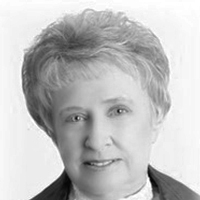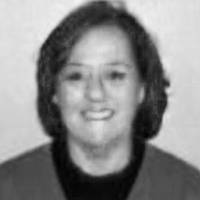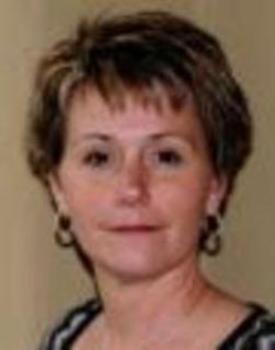John W. Oller, Jr., Ph.D.
University of Louisiana at Lafayette
Stephen D. Oller, Ph.D.
Texas A&M University at Kingsville
Linda C. Badon, CCC-SLP, Ph.D.
University of Louisiana at Lafayette
Abstract:
Milestones is an introduction to normal speech and language development across the lifespan. It is a story told from beginning to end more as an unfolding mystery novel than in the dry style of most introductory textbooks. The narrative begins at conception and progresses through birth, early childhood, and on to maturity. The story is motivated by things that commonly go wrong and that inevitably end in the complete dissolution of communication abilities at death. One of the points of the book is to show users how to enhance communication skills and to postpone the inevitable. Milestones introduces new findings from on-going research. Students learn about advances in understanding the social and behavioral aspects of fetal development, early infancy, literacy, and senescence. User-friendly tools include state-of-the-art videos and searchable materials in a DVD-ROM format that puts demonstrations of milestones, procedures, and critical findings from research and practice at the students' and teachers' fingertips. In this article we briefly preview these and other features that distinguish the Milestones book.
Introduction:
When does the baby first produce a social smile? Begin to hear conversations distinctly? First recognize mother's voice? Dad's voice? Mother's face? Its own native language/dialect? Take its first steps? Do turn-taking vocalizations in a conversational way? Begin to produce syllabic babble? When can the normal infant understand names or commands? When does the normal child achieve sufficient knowledge of spoken words and printed letters to be able to start learning to read? Why do some children fail to achieve key milestones on schedule, and how can we help them? Why are children of minority languages/dialects disproportionately represented in classes for special education, mental retardation, and the like? What causes the seemingly inevitable dissolution of communication abilities? What can we do to enhance the achievement of normal milestones and to prevent or avoid premature dissolution of abilities? These and related questions are addressed in the Milestones book available from Plural Publishing, Inc., in April 2006. This paper previews that book.
Most experts of the past would have said that the baby does not really smile socially until sometime after birth, but Milestones shows video footage clearly pushing the first smile back to the first trimester of fetal development. Most psychologists have supposed that a baby cannot take its first steps until around the first year of life. However, Milestones not only shows a tiny newborn boy taking steps with assistance of a doctor (Bower, 1974) but shows moving video of a baby at 12 weeks of gestational age standing up and making step-like movements in the womb. The baby can leap, smile, yawn, and walk around the wall of the uterus when it is still too small for its mother to distinguish these movements from the normal processes of digestion. Users of Milestones are amazed that babies can do things so much earlier than previously supposed.
Milestones breaks new ground in theory and research pertaining to:
- prebirth abilities and behaviors now seen in the womb,
- the distinct sign systems that infants develop with respect to
(a) their senses,
(b) their intentional movements gestures, and expressions, and
(c) their progress in developing speech and language;
- the processes of acquiring language and becoming literate;
- the role of distinct languages and dialects as the child matures to negotiate educational and economic challenges of the global community; and
- the role of injuries, toxins, and diseases in producing the dissolution of communication abilities owed to mortality.



